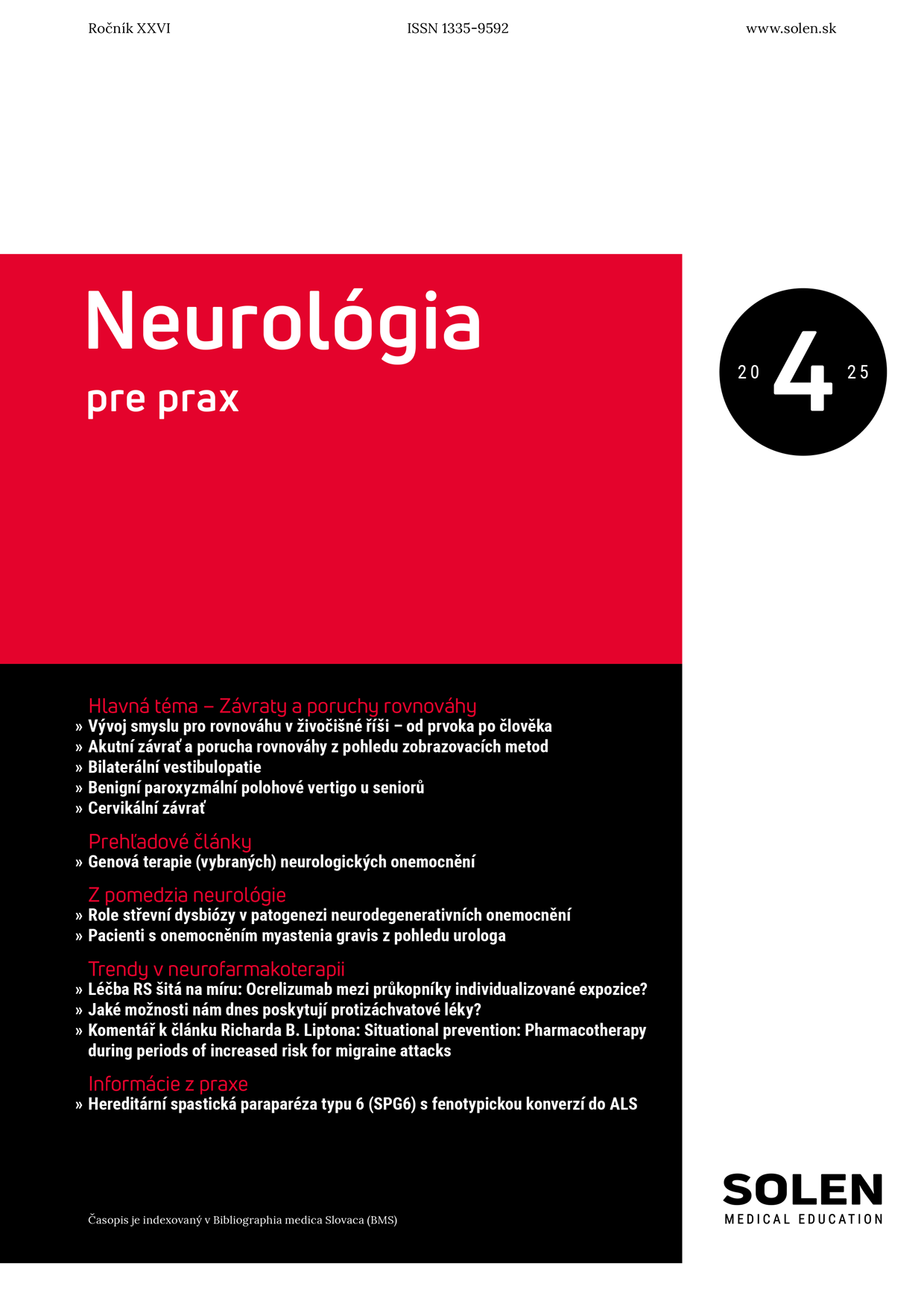Via practica 12/2009
Najčastejšie nádory pečene v klinickej praxi praktického lekára
Medzi najčastejšie benígne nádory pečene patria hemangiómy. Sú náhodným nálezom pri USG alebo CT vyšetrení brucha. Chirurgická resekcia sa indikuje len pri rýchlom zväčšovaní nádoru a vzniku klinickej symptomatológie. Fokálna nodulárna hyperplázia (FNH) patrí medzi druhý najčastejší benígny tumor pečene. Väčšinou je asymptomatická a diagnostikuje sa náhodne pri USG vyšetrení. Chirurgická resekcia sa zvažuje iba u symptomatických pacientov a je plne indikovaná u pacientov s veľkou symptomatickou FNH v ľavom laloku pečene a taktiež u stopkatých lézií pri torzii stopky. Hepatocelulárny adenóm (HA) sa vyskytuje častejšie u mladých žien, ktoré užívajú hormonálnu antikoncepciu. Riziko narastá s dĺžkou užívania orálnych kontraceptív a mierou obsahu steroidov v nich. HA je spojený s rizikom krvácania a malígnej transformácie. Chirurgická resekcia vrátane transplantácie pečene u niektorých pacientov s mnohopočenými HA prispieva k liečbe a prevencii týchto komplikácií. Zhubné nádory pečene patria na 3. miesto v globálnom počte úmrtí na všetky zhubné nádory. Vznik hepatocelulárneho karcinómu (HCC) sa všeobecne pripisuje infekcii vírusom hepatitídy B (ale aj chronickému nosičstvu tohto vírusu) a hepatitídy C. Významným rizikovým faktorom je aj alkohol a v tropických oblastiach Ázie a Afriky aflatoxín. Diagnóza sa stanoví na základe zobrazovacích metodík a vysokej koncentrácie AFP v sére. Jedinou terapeutickou modalitou s možnosťou kuratívy HCC je chirurgická liečba – resekčný výkon a transplantácia pečene. Okrem chirurgickej liečby sa používa ešte alkoholizácia ložísk, rádiofrekvenčná ablácia, transartériová embolizácia a chemoembolizácia s lipiodolom, regionálna a systémová chemoterapia.
Kľúčové slová: hemangióm, fokálna nodulárna hyperplázia (FNH), hepatocelulárny adenóm (HA), hepatocelulárny karcinóm (HCC), abdominálna ultrasonografia (USG), počítačová tomografia (CT), nukleárna magnetická rezonancia (NMR), alfa-fetoproteín (AFP).
The commonest liver tumors in clinical practice of general practitioner
Hemangiomas are the commonest benign liver tumors of the liver. They are discovered incidentally during liver ultrasound examination or computed tomography. Symptomatic hemangiomas and their fast enlargement are indication for surgical treatment. Focal nodular hyperplasia (FNH) accounts for the second most common benign liver process, after hemangioma. FNH remains asymptomatic and are discovered incidentally during liver ultrasound examination. Resection is clearly indicated in patients with large symptomatic FNH located in the left liver and in those with pedunculated lesion. Hepatocellular adenoma (HA) is a benign liver neoplasm occurring more frequently in young women taking oral contraceptive. The vast majorities of FNH are asymptomatic and are discovered incidentally during liver ultrasound examination. The risk for developing HA increases with the duration of oral contraceptive and with their estrogen contents. The risk of HA includes hemorrhage and malignant transformation and surgical resection, including liver transplantation in some patients with multiple HA, is therefore advocated for treatment and prevention of these complications. Malignant liver tumors are on the 3rd place in the global mortality between all malignant tumors. Important risk factors for development of hepatocellular carcinoma (HCC) are chronic hepatitis B, chronic hepatitis C, alcohol and aflatoxin (tropic regions of Asia and Africa). The diagnosis of HCC is made on behalf of ultrasound examination, computed tomography, magnetic resonance and high concentration of AFP. The only curative therapeutic modality is chirurgic treatment: surgical resection and transplantation. Other therapeutic modalities are percutaneous ablation, mainly radiofrequency and percutaneous ethanol injection, transcatheter arterial embolisation and chemoembolisation with lipiodol, regional and systemic chemotherapy.
Keywords: hemangioma, focal nodular hyperplasia (FNH), hepatocellular adenoma (HA), hepatocellular carcinoma (HCC), abdominal ultrasonography of the liver (USG), computed tomography (CT), nuclear magnetic resonance (NMR), alfa-phetoprotein (AFP).

















